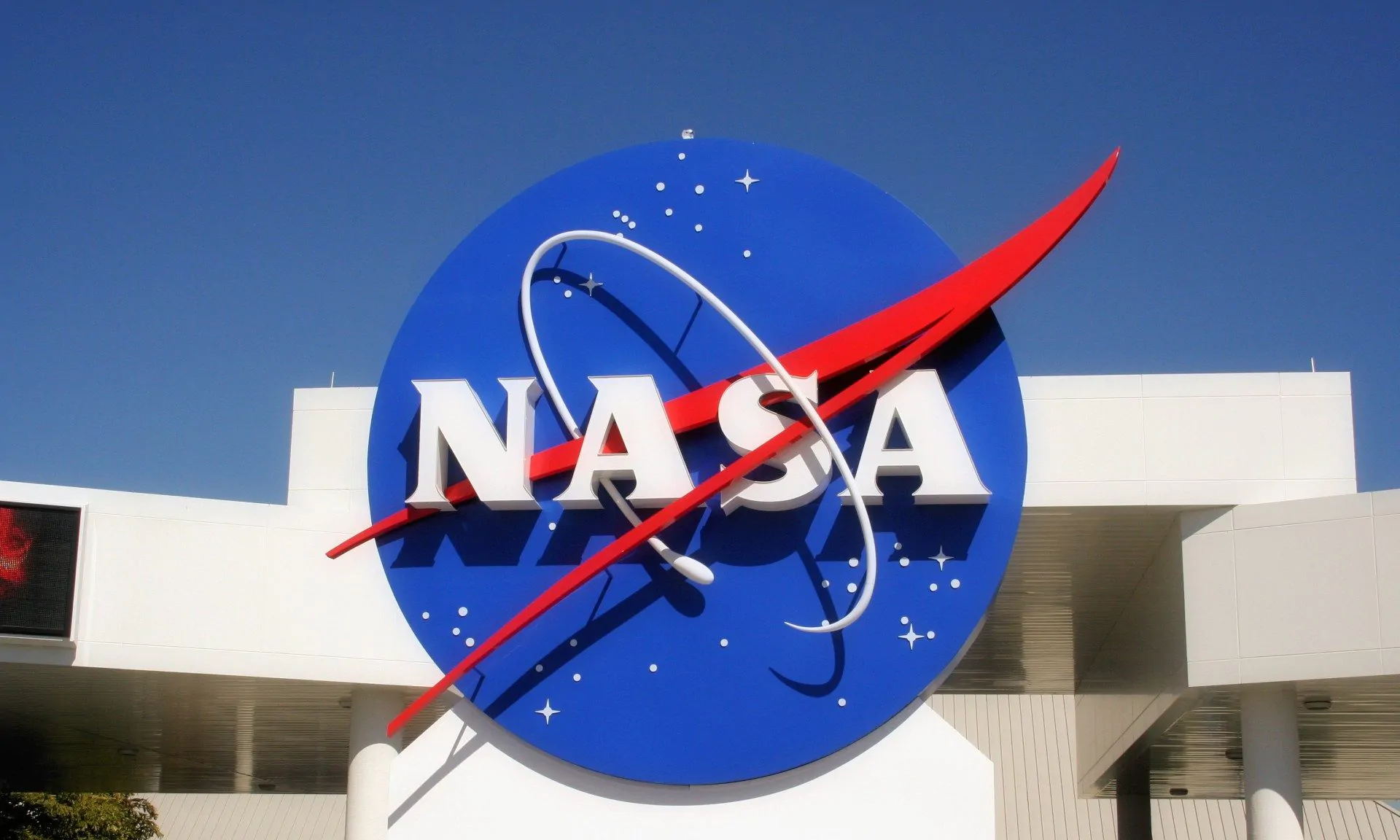Congressman Mo Brooks, R-Huntsville, announced that an Alabama built Atlas V rocket has launched the Solar Orbiter.
“Big news! Last night, NASA’s Solar Orbiter was successfully launched atop United Launch Alliance’s (ULA) Atlas V rocket,” Rep. Brooks said. “The Atlas V is built at ULA’s Decatur manufacturing facility and last night’s launch was ULA’s 135th consecutive successful mission. This mission jumpstarted a decade-long expedition to study the sun that will deliver never-before-seen views of the sun and provide new information on space weather. Congratulations to NASA and ULA on a successful start to an important mission.”
The Solar Orbiter is a new collaborative mission between ESA (European Space Agency) and NASA to study the Sun. It was launched at 10:03 p.m. CST Sunday on a United Launch Alliance Atlas V rocket from Launch Complex 41 at Cape Canaveral Air Force Station in Florida.
Mission controllers at the European Space Operations Centre in Darmstadt, Germany have received a signal from the spacecraft indicating that its solar panels had successfully deployed.
In the first two days after launch, Solar Orbiter will deploy its instrument boom and several antennas that will communicate with Earth and gather scientific data. Solar Orbiter is on a unique trajectory that will allow its comprehensive set of instruments to provide humanity with the first-ever images of the Sun’s poles. This trajectory includes 22 close approaches to the Sun, bringing the spacecraft within the orbit of Mercury to study the Sun and its influence on space.
“As humans, we have always been familiar with the importance of the Sun to life on Earth, observing it and investigating how it works in detail, but we have also long known it has the potential to disrupt everyday life should we be in the firing line of a powerful solar storm,” said ESA Science Director Günther Hasinger. “By the end of our Solar Orbiter mission, we will know more about the hidden force responsible for the Sun’s changing behavior and its influence on our home planet than ever before.”
Solar Orbiter combines two main modes of study. In-situ instruments will measure the environment around the spacecraft, detecting such things as electric and magnetic fields and passing particles and waves. The remote-sensing instruments will image the Sun from afar, along with its atmosphere and its outflow of material, collecting data that will help scientists understand the Sun’s inner workings.
“Solar Orbiter is going to do amazing things. Combined with the other recently launched NASA missions to study the Sun, we are gaining unprecedented new knowledge about our star,” said NASA Associate Administrator for Science Thomas Zurbuchen. “Together with our European partners, we’re entering a new era of heliophysics that will transform the study of the Sun and help make astronauts safer as they travel on Artemis program missions to the Moon.”
Congressman Mo Brooks is serving in his Fifth term representing Alabama’s Fifth Congressional District. Brooks is an outspoken proponent of the space program. NASA and its contractors, including ULA, are major employers in North Alabama.



















































